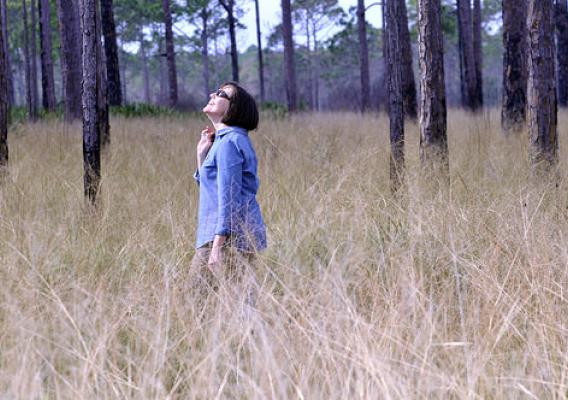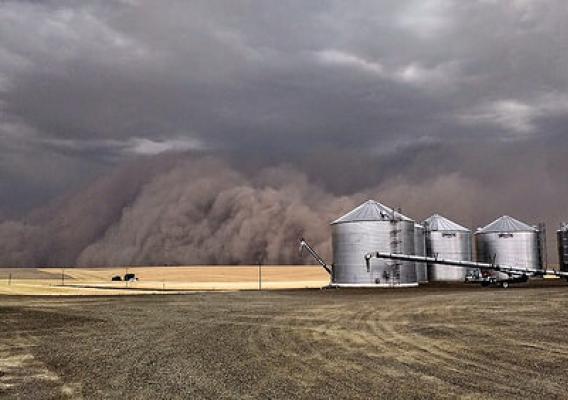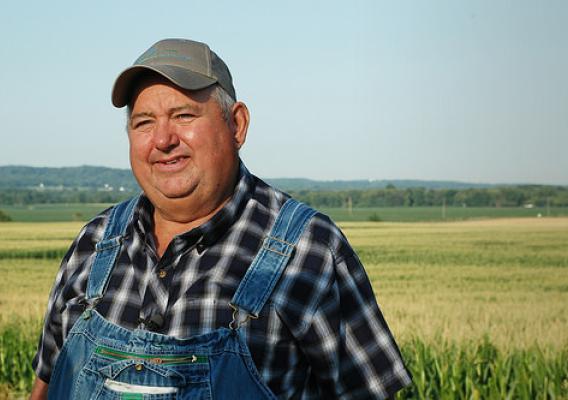USDA’s Natural Resources Conservation Service and state Soil and Water Conservation Districts has partnered for decades on protecting, restoring and enhancing private lands across the United States. Jim Armstrong is communications and special projects coordinator with the Spokane County Conservation District in Washington. – Jennifer VanEps, NRCS Washington
Haboob: a funny word, but its meaning is far from laughable. Defined as a type of intense dust storm carried on an atmospheric current, haboobs can have catastrophic effects on both land and life.
Dry August winds often stir up dust clouds in central and eastern Washington, but 2014 was exceptional. On Aug. 12, an enormous, miles-wide haboob, which was reminiscent of those from the Dust Bowl era, descended upon eastern Washington. Two weeks later, another dust cloud caused a 50-car pile-up in the southern part of the state, sending multiple people to the hospital and shutting down Interstate 82.










